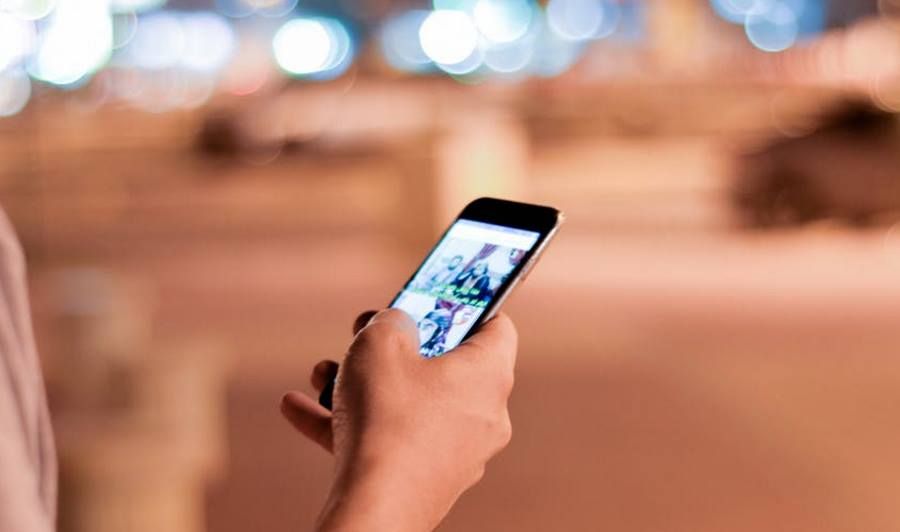
Do cell phones harm? The unclear results of the study
The long-awaited results of a study on the link between cell phone radiation and diseases, including cancer, have been published. The results of the researchers’ work do not confirm the link, but there are still more questions than answers.
The study was directed by the National Institutes of Heath – The part of the U.S. Department of Health and Human Services involved in the study – and were part of a 10-year program with a budget of 25 million in dollar. The results are inconclusive. The report has already been published, but an evaluation by an outside expert is yet to be conducted.
John Bucher, one of the researchers in involved in the 10-year project was quite cautious in interpreting the result of the in the work. He admitted at a press conference at which he rej presented the results of a study that still uses the phone com rk and has not changed the way it is used.
The study was conducted on mice and rats. It involved a total of about 3,000 animals. The rodents were divided into two groups, which re received different doses of radiation, which re mimicking 2G and 3G phones, at 10-minute intervals for a total of nine hours a day. The experiment lasted two years.
The most serious effects are in male in rats , in some who rities that will develop a rare cancer nervous system – sheath neuroma on the heart.
It is important to emphasize that the above cases involve only samc in the rat. No tumor has appeared in female rats in, nor in malc and female mice. The researchers also observed an increase in heart tissue damage in the rats’ in the male and female.
The NIH study found also cancers in rats In and mice in other parts of the body – m of the tumor, prostate, liver and pancreas, but the researchers said it was unclear whether they were linked to radiation.
Bucher acknowledged that if the results are confirmed by an independent expert , it appears that this type of radiation may be "weak" a factor in carcinogenesis hat. At the same time, he added that there is no certainty that the same results would be produced by similar studies conducted on humans. He also stressed that even the lowest levels of radiation used in the study were much higher than the maximum exposure a user of a com phone might be exposed to rkowe.
The results of the work may raise concerns about the use of telephones in the com rkowe, however, evidence of a link between radiation and telephone in the com rk mice and cancers are inaccurate. FDA (Food and Drug Administration – Food and Drug Administration, a well-known agency for its rigorous approach, kt he tasks focus m.In. wok ł food control, drug or medical devices marketed in the U.S.) commenting on the results of the study, wrote that the „evidence is unclear and inconclusive that it is exposure to radiofrequency energy of the whole rat body in and mice during the study actually caused cancer in these animals”.
Jeffrey Shuren – director of the Center for Devices and Radiological Health at the FDA – acknowledged the study’s unusual results, adding that its composite ł is still evaluating them, but stressed that based on all available scientific information, it is difficult to believe in adverse health effects in humans caused by radiation from the phone in the cell rkowych.
– Even with frequent daily use by the vast majority of adults, we did not observe an increase in events such as tumors m zgu – assessed Shuren.


